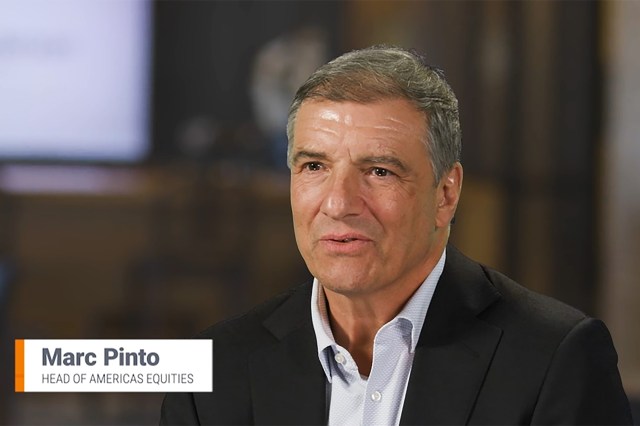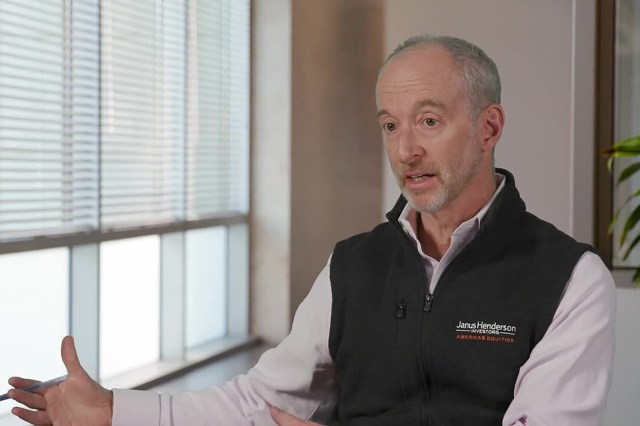A discussion on how tariffs will impact the technology sector.
Insights
Our latest thinking on the themes shaping today’s investment landscape. Explore timely updates, quarterly features and in-depth analysis straight from our experts.
Timeless teachings from Greek Stoic philosopher Epictetus that may help investors navigate market volatility and uncertainty.
The material costs of frittering away the U.S. dollar’s reserve currency status must be considered in any trade rebalancing.
Assessing the market reaction to President Trump’s tariffs and where we’re seeing opportunities as a result of the dislocation.
Are we back to the 1890s with the new “liberation day” tariffs?
First impressions from credit markets to President Trump's Liberation Day.
David Elms, Head of Diversified Alternatives, explores the potential strategic advantages of multi-strategy investing in uncertain times.
Rather than favoring U.S. stocks at any price, investors may want to prioritize a global approach focused on valuation and free-cash-flow growth.
How fixed income markets are responding to Trump’s sweeping tariffs.
Can diversification help investors to ride out the uncertainty as US tariffs reshape global trade dynamics?
Residential REITs can offer attractive growth opportunities across a range of ‘living’ sub-sectors.










